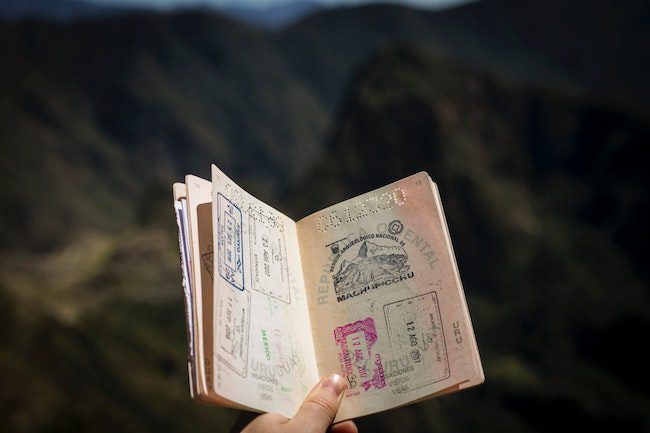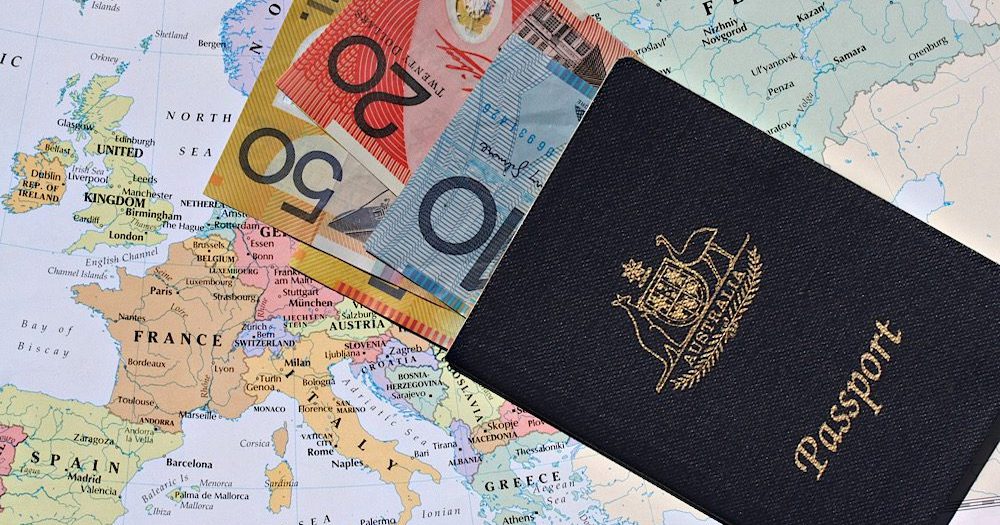Who hasn’t heard at least one tale of woe relating to the time it has taken to get a passport in the last couple of years? As borders reopened following the COVID pandemic – a period that put the brakes on passport applications – the Department of Foreign Affairs and Trade (DFAT) was inundated with requests for passports. But despite the expected deluge of demand, as predicted by DFAT modelling, the department’s Australian Passport Office failed in its preparation to “efficiently” handle the surge, an audit has found.
According to the report from the Australian National Audit Office (ANAO), DFAT has not been efficiently delivering passport services, with one in four (24 per cent) applications processed between June 2022 and June 2023 taking longer than six weeks and just over half approved on time.
A total of 3.1 million passports were issued in 2022-23.
“While the department has timeframe targets for processing applications those targets are not customer-focused and are not being consistently met,” ANAO says in its report.
It goes on to say, “There are no resource efficiency targets; the average cost to produce a passport has increased more than the increase in the price of labour; and staff efficiency, which was improving up until the COVID-19 pandemic, has deteriorated since the international border was reopened”.

In December, the government said in its mid-year budget update that the cost of a new Australian passport will rise to nearly $400 in 2024. This would make it the world’s priciest passport, which compounds the bad news delivered by the ANAO audit.
“Calculations of the time taken to process passport applications do not reflect the full amount of time experienced by citizens from when they lodge their application to when they receive a passport,” the report states.
The department was also criticised for not “centrally” handling all complaints to identify improvement opportunities.
Among its key findings, the report found DFAT “had not achieved its target to process 95 per cent of routine passports within 10 business days for three out of the last five financial years”.
Priority processing of passports is also found wanting.
“Following the reopening of the border, an increasing proportion of applicants chose to pay an additional fee to have their application processed as a priority within two business days. The department’s performance in processing priority applications has declined over time,” the report states.

According to the audit, 56 per cent fewer applications were processed per full-time equivalent staff member per quarter in 2022–23 compared to before borders closed, leading to a drop in efficiency in terms of the average cost to process passport applications.
On top of this, “additional staff to process applications once the international border reopened were not engaged and trained in time to avoid a significant processing backlog developing”.
Meanwhile, the Australian passport’s digital capabilities are also scrutinised, with the report finding it lags behind New Zealand, Ireland and the UK when it comes to digital application processes.
In handing down its report, the ANAO recommended an overhaul of the application process, to which the department agreed.
According to the ABC, DFAT acting secretary Craig Maclachlan told the ANAO, “The department has acknowledged that its preparations for the unprecedented post-COVID demand surge were not sufficient to maintain continuity of service”.
“We regret any and all impact and inconvenience caused to the community and individuals during this time.”
In a statement, Assistant Foreign Minister Tim Watts said, “The former Coalition government was warned as early as December 2020 to prepare for a ‘pent-up demand surge’, and had ample time to prepare, directly causing the backlog and delays experienced by Australians”.
“As a result of their failure to plan, Australians were waiting 50 days on average to receive a passport when the backlog was at its peak.”

With visa-free travel to 189 nations, the passports of Australia and New Zealand placed equal sixth in a recent passport power list.
These are the top five overseas destinations where Australians reported lost or stolen passports.
Read how this “heroic” travel agent delivered passports to clients before they jetted abroad.


